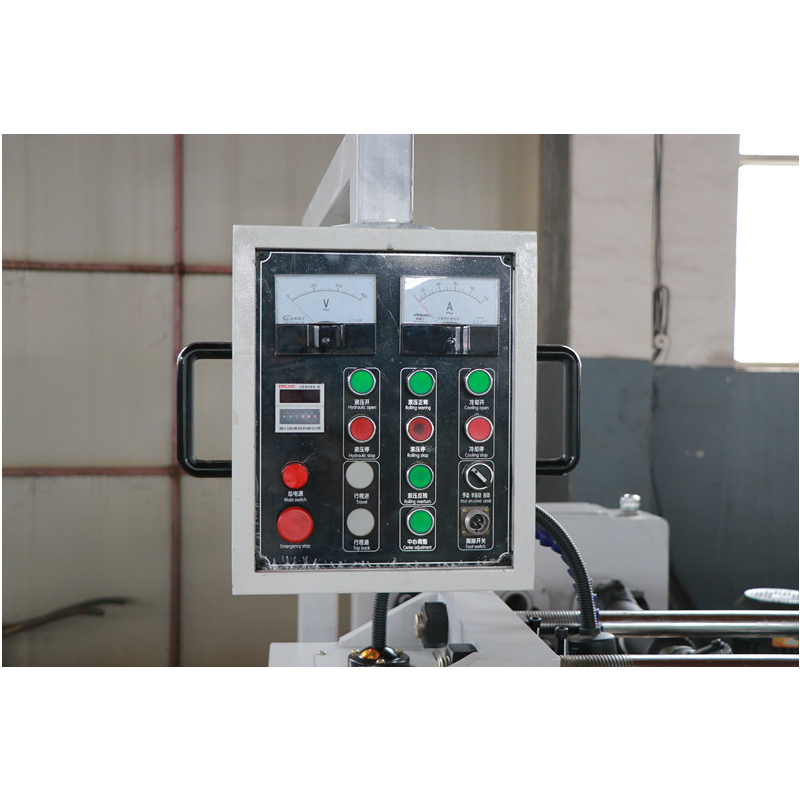
-
 Afrikaans
Afrikaans -
 Albanian
Albanian -
 Amharic
Amharic -
 Arabic
Arabic -
 Armenian
Armenian -
 Azerbaijani
Azerbaijani -
 Basque
Basque -
 Belarusian
Belarusian -
 Bengali
Bengali -
 Bosnian
Bosnian -
 Bulgarian
Bulgarian -
 Catalan
Catalan -
 Cebuano
Cebuano -
 Corsican
Corsican -
 Croatian
Croatian -
 Czech
Czech -
 Danish
Danish -
 Dutch
Dutch -
 English
English -
 Esperanto
Esperanto -
 Estonian
Estonian -
 Finnish
Finnish -
 French
French -
 Frisian
Frisian -
 Galician
Galician -
 Georgian
Georgian -
 German
German -
 Greek
Greek -
 Gujarati
Gujarati -
 Haitian Creole
Haitian Creole -
 hausa
hausa -
 hawaiian
hawaiian -
 Hebrew
Hebrew -
 Hindi
Hindi -
 Miao
Miao -
 Hungarian
Hungarian -
 Icelandic
Icelandic -
 igbo
igbo -
 Indonesian
Indonesian -
 irish
irish -
 Italian
Italian -
 Japanese
Japanese -
 Javanese
Javanese -
 Kannada
Kannada -
 kazakh
kazakh -
 Khmer
Khmer -
 Rwandese
Rwandese -
 Korean
Korean -
 Kurdish
Kurdish -
 Kyrgyz
Kyrgyz -
 Lao
Lao -
 Latin
Latin -
 Latvian
Latvian -
 Lithuanian
Lithuanian -
 Luxembourgish
Luxembourgish -
 Macedonian
Macedonian -
 Malgashi
Malgashi -
 Malay
Malay -
 Malayalam
Malayalam -
 Maltese
Maltese -
 Maori
Maori -
 Marathi
Marathi -
 Mongolian
Mongolian -
 Myanmar
Myanmar -
 Nepali
Nepali -
 Norwegian
Norwegian -
 Norwegian
Norwegian -
 Occitan
Occitan -
 Pashto
Pashto -
 Persian
Persian -
 Polish
Polish -
 Portuguese
Portuguese -
 Punjabi
Punjabi -
 Romanian
Romanian -
 Russian
Russian -
 Samoan
Samoan -
 Scottish Gaelic
Scottish Gaelic -
 Serbian
Serbian -
 Sesotho
Sesotho -
 Shona
Shona -
 Sindhi
Sindhi -
 Sinhala
Sinhala -
 Slovak
Slovak -
 Slovenian
Slovenian -
 Somali
Somali -
 Spanish
Spanish -
 Sundanese
Sundanese -
 Swahili
Swahili -
 Swedish
Swedish -
 Tagalog
Tagalog -
 Tajik
Tajik -
 Tamil
Tamil -
 Tatar
Tatar -
 Telugu
Telugu -
 Thai
Thai -
 Turkish
Turkish -
 Turkmen
Turkmen -
 Ukrainian
Ukrainian -
 Urdu
Urdu -
 Uighur
Uighur -
 Uzbek
Uzbek -
 Vietnamese
Vietnamese -
 Welsh
Welsh -
 Bantu
Bantu -
 Yiddish
Yiddish -
 Yoruba
Yoruba -
 Zulu
Zulu
Current Price List for ODM Thread Rolling Machines in the Market Today
Understanding the Pricing of ODM Thread Rolling Machines
In the modern world of manufacturing, the efficiency and precision of production processes play a crucial role in determining the success of any operation. Among various machining technologies, the thread rolling machine stands out as a popular option for creating high-quality threaded components. ODM (Original Design Manufacturer) thread rolling machines are particularly sought after due to their ability to produce threads with enhanced durability and strength compared to traditional cutting methods. This article provides a comprehensive overview of the factors influencing the prices of ODM thread rolling machines and offers insights into what potential buyers should consider before making a purchase.
What is an ODM Thread Rolling Machine?
An ODM thread rolling machine is a specialized device used for shaping and forming threads on cylindrical workpieces by applying a precise amount of pressure. The process involves rolling the workpiece between two or more dies, which shape the material without cutting it away. This technique results in superior thread integrity, enabling manufacturers to produce components that require high precision and tensile strength, such as fasteners and screws.
Factors Influencing Pricing
1. Machine Specifications The specifications of the machine, including its size, capacity, and features, are primary determinants of its price. Larger machines with the ability to handle heavy-duty tasks typically cost more than smaller, less capable models. Moreover, machines equipped with advanced technology, such as digital controls and automation features, will also command higher prices due to their enhanced efficiency and ease of use.
odm thread rolling machine price list

2. Material and Build Quality The quality of the materials used in manufacturing the machine can significantly impact its price. High-grade steel and other durable components increase longevity and reliability but also contribute to a higher initial investment. Buyers should consider the cost-to-benefit ratio, as investing in a high-quality machine may lead to savings over time due to reduced maintenance and downtime.
3. Brand Reputation The reputation of the manufacturer also plays a vital role in determining the price of ODM thread rolling machines. Established brands with a history of producing reliable machinery often charge a premium for their products. However, they may provide better customer support, warranties, and service packages, which could justify the higher price.
4. Customization Options Many manufacturers offer customization options to meet specific production requirements. Customized features might include specialized dies or unique operational capabilities which can influence the overall price. While customized machines may be more expensive, they can enhance productivity and result in better-quality products tailored to the customer’s needs.
5. Market Demand Like any product, the pricing of ODM thread rolling machines is subject to market demand. During periods of high demand for manufacturing equipment, prices may rise. Conversely, during economic downturns or periods of oversupply, prices may decrease, allowing buyers to take advantage of lower rates.
Conclusion
When considering the purchase of an ODM thread rolling machine, it is essential to conduct thorough research and evaluate various factors that influence pricing. Understanding the specifications, build quality, brand reputation, customization options, and current market trends can help manufacturers make informed decisions. While price is a crucial factor, it should not be the sole consideration; the long-term benefits and operational efficiency offered by a high-quality machine often outweigh initial costs. Investing wisely in a suitable ODM thread rolling machine can lead to enhanced productivity and a significant competitive advantage in the manufacturing sector.
